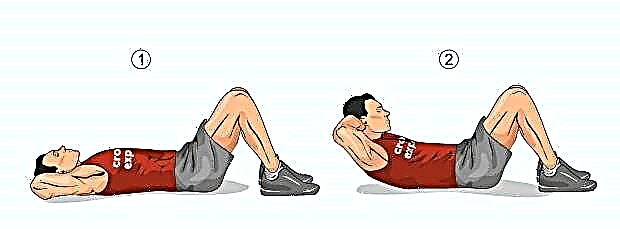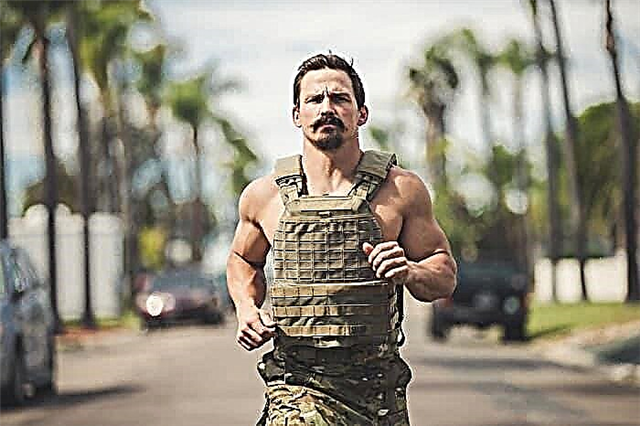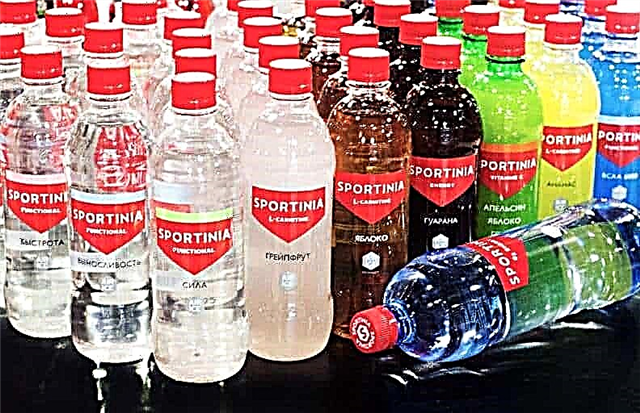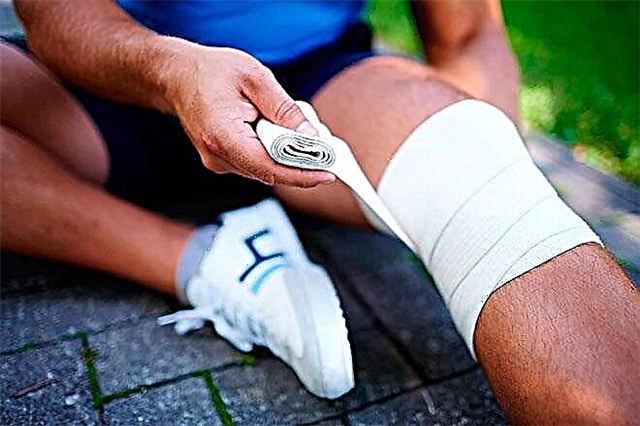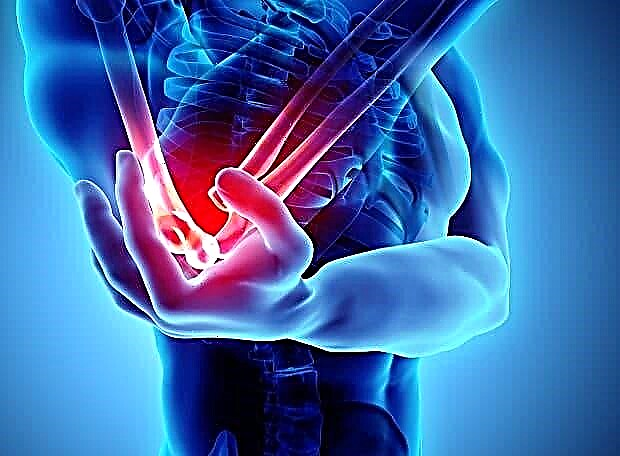Recently, the topic of doping in sports has often surfaced in the top of world news. What are doping tests A and B, what is the procedure for their selection, research and influence on the result, read in this material.

Features of the doping control procedure
First, let's talk about general information about the doping control procedure:
- This procedure is a test of blood (still very rarely taken) or urine taken from athletes for the possible presence of prohibited drugs.
- Athletes of the highest qualification undergo such control. The athlete must be present at the sampling point within one hour. If he did not appear, then sanctions may be applied to him: either disqualification, or the athlete is removed from the competition.
- An official, such as an Anti-Doping Judge, will accompany the Athlete to the Sample Collection Point. He makes sure that the athlete does not go to the toilet before a sample is taken.
- It is the Athlete's responsibility to inform the DCO of any medication he has taken in the past three days.
- During sampling, the athlete selects two containers of 75 milliliters each. In one of them, he should urinate two-thirds. This will be test A. In the second - by one third. This will be B.
- Immediately after the delivery of urine, the containers are sealed, sealed, and the remaining urine is destroyed.
- The doping control officer must also measure the pH. This indicator should not be less than five, but also should not exceed seven. And the specific gravity of urine should be 1.01 or more.
- If all these indicators are insufficient, the athlete must take the sample again.
- If there is not enough urine for taking a sample, then the athlete is offered to drink a certain drink (as a rule, it is mineral water or beer in closed packages).
- After taking a urine sample, the athlete is divided into two parts and marked: "A" and "B", the vials are closed, a code is put on it, and sealed. The athlete makes sure everything is done according to the rules.
- Samples are placed in special containers, which are transported to the laboratory under reliable security.
Sample studies and their effect on doping test results
Sample A

At the very beginning, the doping control organization analyzes the “A” sample. Sample "B" is left in case of urine testing for prohibited results a second time. So, if a prohibited drug is found in sample "A", then sample "B" can either refute or confirm it.
If a prohibited drug is detected in the “A” sample, the athlete is informed about this, as well as that he has the right to open the “B” sample. Or refuse this.
In this case, the athlete has the right to be present personally during the opening of the B sample, or to send his representative. However, he has no right to interfere with the procedure for opening both samples and may be punished for this.
Sample B
Sample B is opened in the same doping control laboratory where Sample A was examined, however, this is done by another specialist.
After the bottle with sample B is opened, a laboratory specialist takes a part of the sample from there, and the rest is poured into a new bottle, which seals again.
In the event that Sample B is negative, the athlete will not be penalized. But, in fairness, it should be noted that this happens extremely rarely. Sample A usually confirms the result of Sample B.
Research procedure cost
Generally, the Athlete's A Sample is free of charge. But if the athlete insists on the autopsy of sample B, he will have to pay.
The fee is in the order of one thousand US dollars, depending on the laboratory conducting the research.
Storage and rechecking of A and B samples

All samples, both A and B, according to the standard, are stored for at least three months, although some samples from the largest competitions and Olympics can be stored much longer, up to ten years - according to the new WADA code, they can be rechecked during such a time.
Moreover, you can recheck them an unlimited number of times. However, due to the fact that the amount of test material is usually small, in reality you can double-check samples two or three times, no more.
As you can see, the material for research contained in samples A and B is no different from each other. The differences are only in the research procedures. Sample B must either confirm that the athlete is indeed taking illegal drugs (as indicated by Sample A), or refute this statement.

